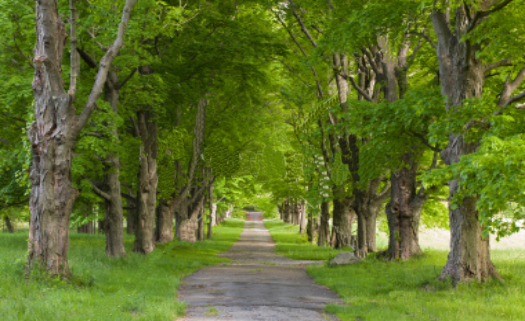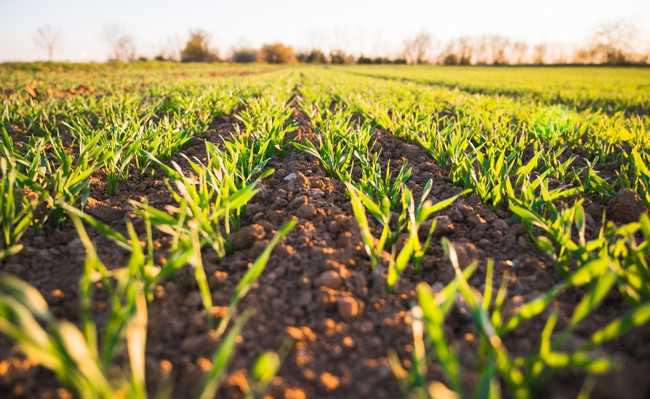Studies show the benefit of trees for human health
In addition to helping to clean the air, removing carbon dioxide from the atmosphere and releasing oxygen, trees help lower blood pressure, heart rate, and other stress-related symptoms.

Unsurprisingly, plants play a fundamental role in maintaining the environment. After all, they are responsible for absorbing carbon dioxide - one of the main causes of global warming - and releasing oxygen (learn more here). In addition, they help clean the air by eliminating water vapor in the atmosphere, thus reducing damage caused by the extremely dry and hot climate, controlling floods by absorbing rainwater and maintaining wildlife . But what new studies point out is that trees are also essential for the human species in another sense: their quantity in the environment we live in can influence the quality of our health and lifestyle.
Benefits of trees
It was the relevant role that plants play in the control of air quality that motivated the US Forest Services (a body similar to the Brazilian Forest Service - SBD) to research the influence that plants have on people's lives, because, as the leader of the research, Geoffrey Donovan, respiratory and cardiovascular diseases are affected by air quality. For this, the researchers collected data from 1,296 North American municipalities, some of which were victims of the attack of the emerald gray drill - a beetle from Asia that arrived in the US in 2002, in the city of Detroit and then quickly spread to other North American cities. , attacking and killing almost all 22 tree species of the genus Fraxino (Fraxinus). Scientists have observed the influence of variables such as income, race and education in the causes of death for people in these places. They reached the following result: in the fifteen cities infested by the insect, there were an additional 15,000 deaths from cardiovascular disease and 6,000 from respiratory problems, compared to areas not infested by the beetle. This suggests that, regardless of genetic characteristics and social conditions, the amount of plants around the environment in which a person lives affects their health, decreasing their blood pressure, heart rate and other stress indicators.
The benefits of trees also impact patient recovery. Some surveys carried out previously point in the same direction. Donovan recalls that some research suggests that patients who can see plants and trees from their bedroom windows in hospitals have a faster surgical recovery and need to take fewer medications. Other research shows that mothers who live in environments where there are many trees around, are less likely to have underweight children. Another survey conducted in the United States indicates that the rate of depression is lower in wooded cities. If the person is in a natural environment, blood pressure, heart rate and other indicators of stress will be reduced, the research points out.
In Brazil
For the United Nations (UN), it is recommended that a city has at least 12 square meters of green area per inhabitant. By this criterion, the champion Brazilian city is Goiânia, with 94 square meters of green areas per inhabitant, surpassing Curitiba - considered, until recently, the most wooded Brazilian city -, which has 51 meters of green area per inhabitant, according to data released by the Municipal Environment Agency (Amma) in 2007. Among the Brazilian cities with less green space is São Paulo, with 4 square meters per inhabitant.
According to a study released by the Brazilian Institute of Geography and Statistics (IBGE) in 2012, the most wooded households, with trees around the blocks, on sidewalks or flowerbeds, are in the south and southeast regions of the country, with the exception of Goiânia. In the North and Northeast regions, there are houses with less wooded areas. The capitals Belém, with 22.4%, and Manaus, in the middle of the Amazon forest, but with 25.1%, have the lowest percentages of afforestation.










